strmrdr
Super_Ideal_Rock
- Joined
- Nov 1, 2003
- Messages
- 23,295
Thats a nice presentation John and I think it serves more people than you think.
Now that you have explained what it is what is its effect and at what point does it become a quality issue rather than a technical issue?
I seem to remember someone telling me not to get too critical on h&a images or no one would ever get a diamond because they all have flaws if you look hard enough so whith this kind of stuff we need examples of the point where if its this good then shut up allready :}
Now that you have explained what it is what is its effect and at what point does it become a quality issue rather than a technical issue?
I seem to remember someone telling me not to get too critical on h&a images or no one would ever get a diamond because they all have flaws if you look hard enough so whith this kind of stuff we need examples of the point where if its this good then shut up allready :}



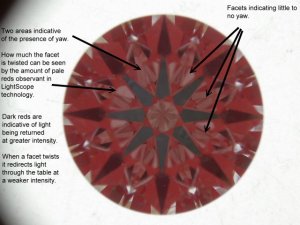
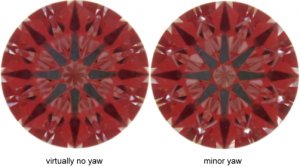
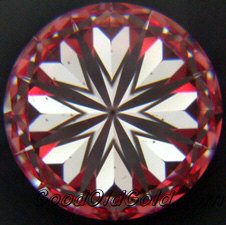


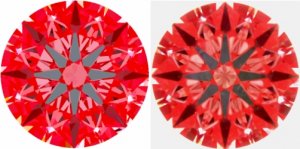




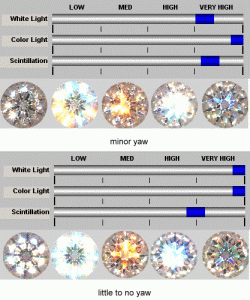
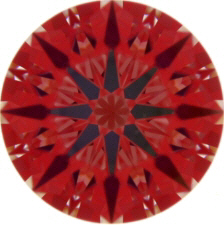



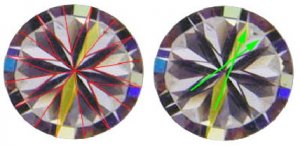
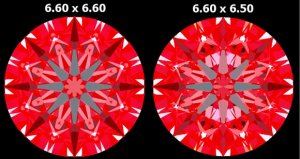
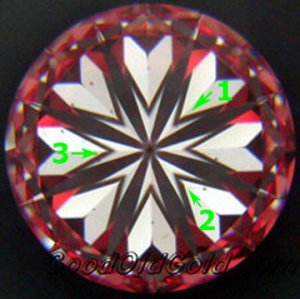


300x240.png)